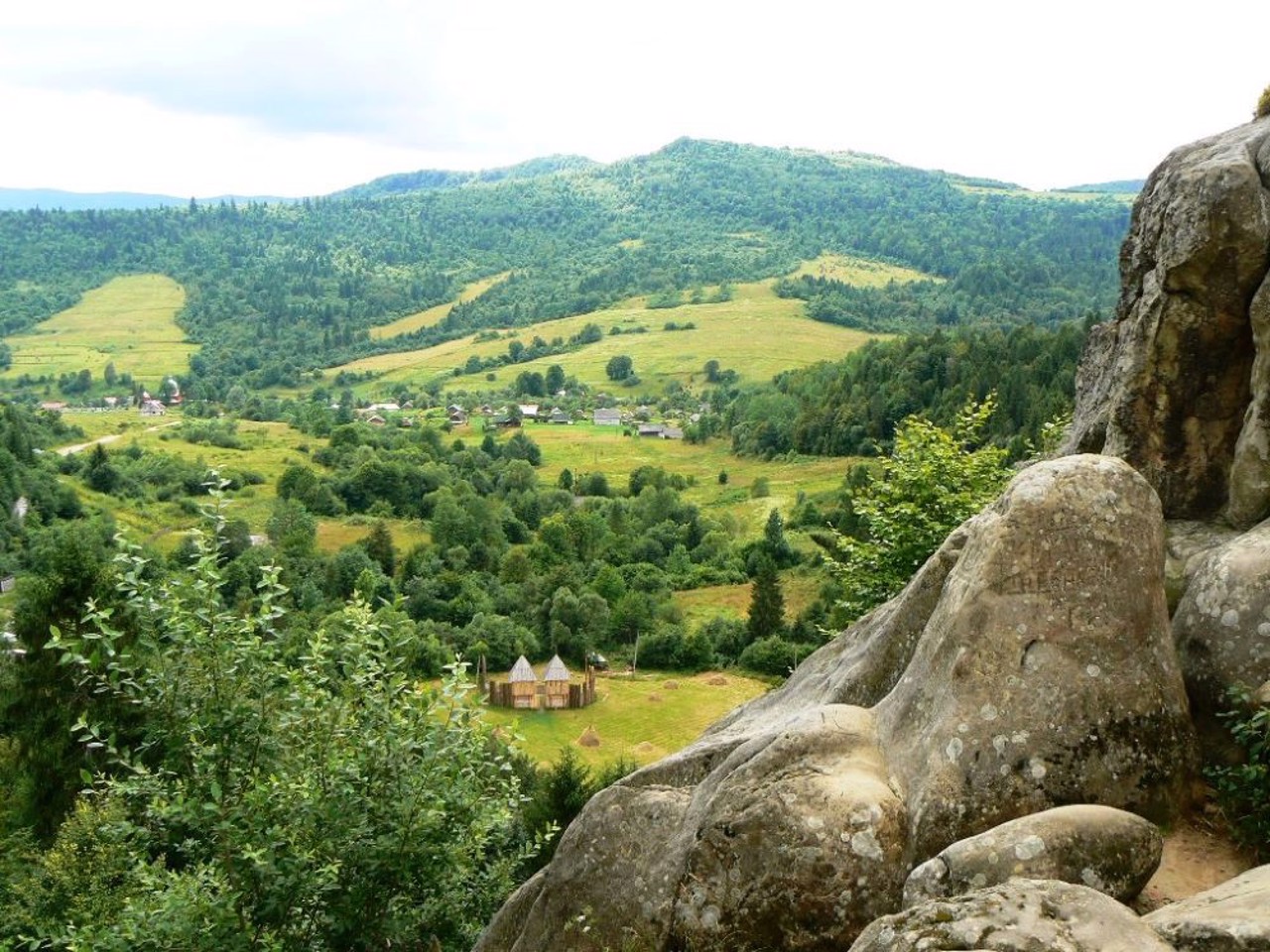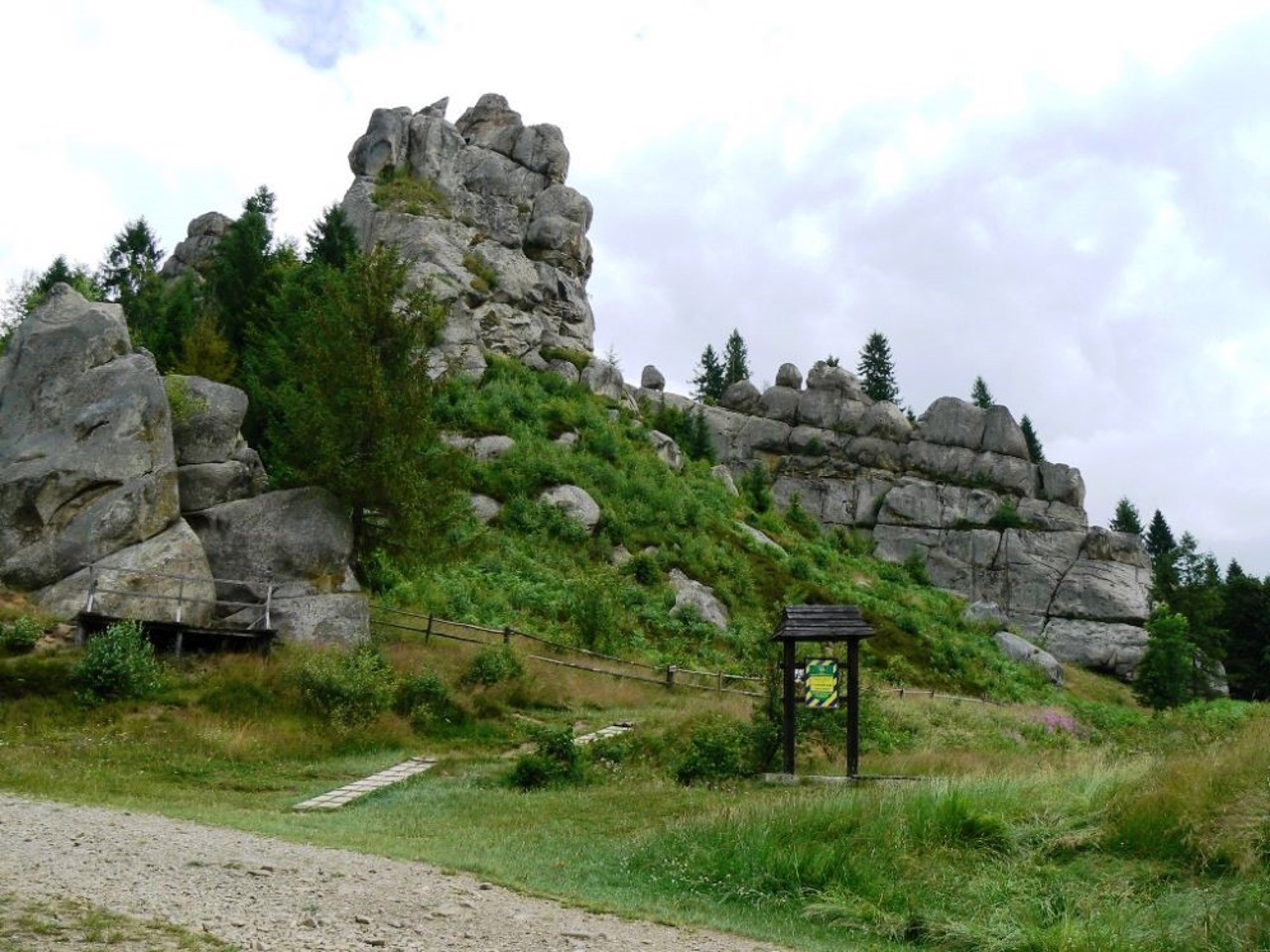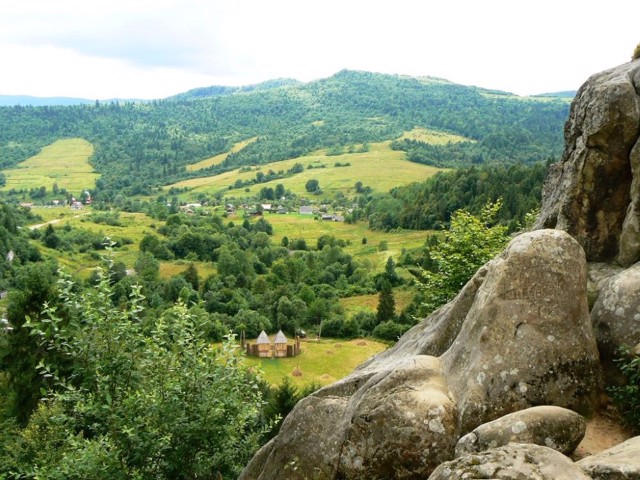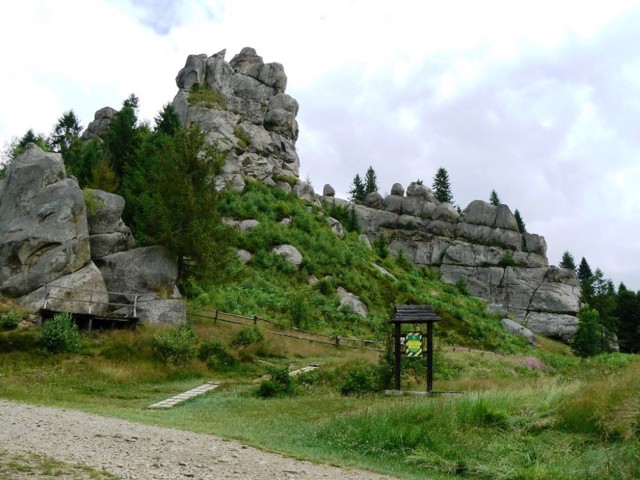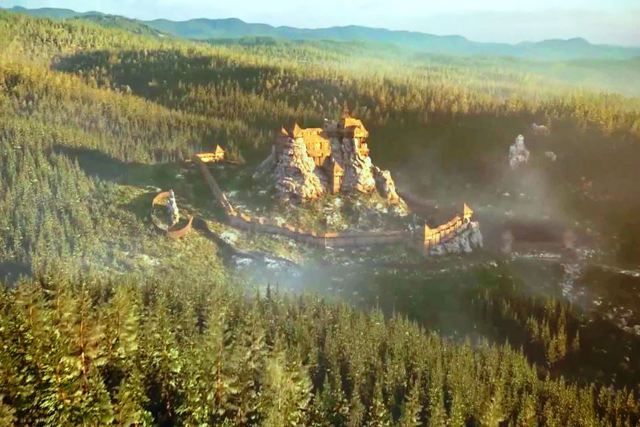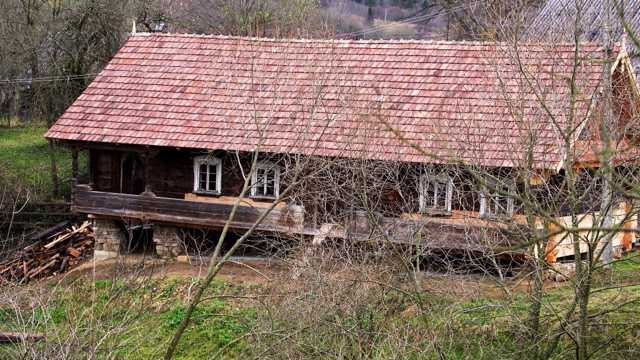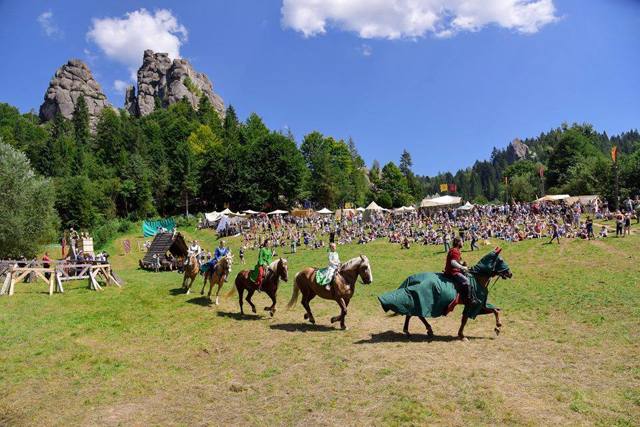Functional temporarily unavailable
General information about Urych
The ancient village of Urych is located in the foothills of the Carpathians, 20 kilometers northwest of Skole.
It arose in the 14th century on the banks of the Urychanka River (a tributary of the Stryi) near the ancient Rus fortress city of Tustan.
Now the museum of the history of Tustan is located here.
The preserved wooden church of Saint Nicholas is an architectural monument of the 19th century.
Старовинне село Урич розташоване в передгір'ях Карпат, в 20 кілометрах на північний захід від Сколе.
Виникло в XIV сторіччі на березі річки Уричанка (притока Стрия) поряд з давньоруським містом-фортецею Тустань.
Зараз тут розташований музей історіі Тустані.
Збереглася дерев'яна церква Святого Миколая - пам'ятка архітектури XIX століття.
Сплануй своє перебування у Urych
What to see and where to go in Urych
Tourist attractions and museums of Urych
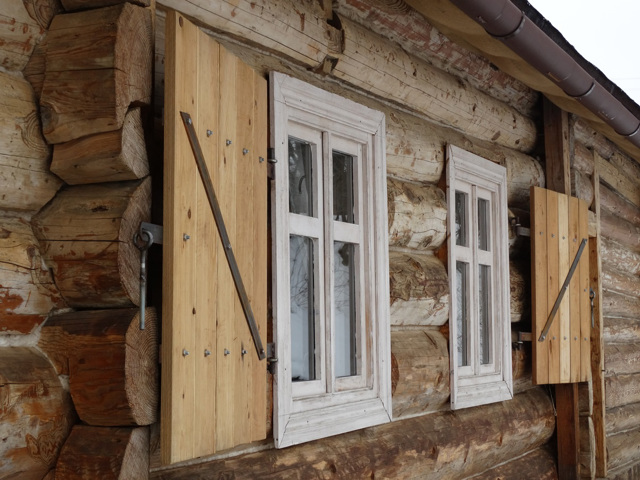
Museum "Khata in Hlyboky"
Museum / gallery
The center of local history "Khata in Hlyboky" (House in Hlyboky) of the State Historical and Cultural Reserve "Tustan" opened in 2013 as a rural cultural and public center.
It is located in one of several dozen authentic Boyko houses of the early XX century, preserved in the village of Urych. The house-museum presents a modern ethnographic exhibition "Unnecessary? The story of Urych in objects and images", which presents old photos, household items, memories of the villagers.
The exposition uses modern technologies of material presentation with the use of multimedia means.
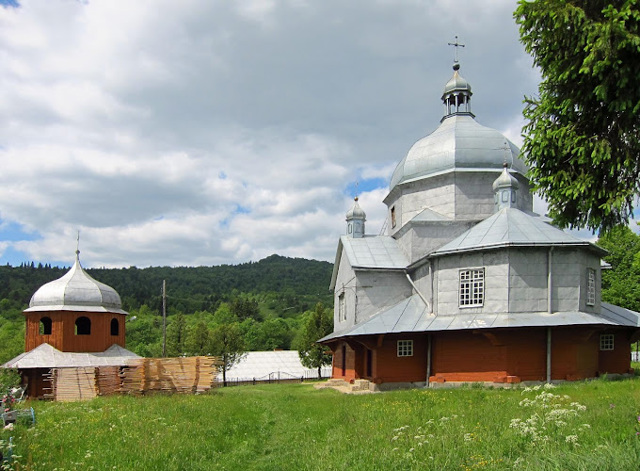
Saint Nicholas Church
Temple , Architecture
The wooden church of Saint Nicholas was built in Urych in 1911 on the site of an old fallen church.
The new church was built according to the project of the architect Vasyl Nahirniy, using a typical constructive solution: a single-story log cabin with a cruciform plan was installed on a stone foundation. The church bathhouse and the roofs of the chapels were covered with sheet metal. In 1914, a carved iconostasis was installed.
Today, the Saint Nicholas Church is completely hidden under a tin shell and needs serious restoration.

Tustan Historical and Cultural Reserve
Historic area , Castle / fortress
The Tustan fortress city is an ancient Rus rock defense complex that served as a border fortress and a customs post (the name is interpreted as an order to the traveler: "Tu stan!" (Stand!). Also known as "Dovbush Rock".
The first fortifications on the Rock of Kamin in the area of the current village of Urych were built by the White Croats in the 9th century. Wooden structures were inserted directly into the rock massif (grooves and cuts in the rock were preserved, which were reconstructed).
The Tustan fortress was an important stronghold of Kyivan Rus, later the Principality of Galicia-Volyn. In 1241, it was destroyed by the hordes of Khan Batiy, and in 1340 it was captured and rebuilt by the Polish king Kazymyr the Great as a royal fortress. Through it, salt mined in Drohobych and its surroundings was exported to Transcarpathia and Hungary. The last owner in the 16th century was the Polish magnate Blitsynsky, after which the fortress lost its importance and disappeared from the annals.
Remains of a stone wall, caves, stairs, a well and two water cisterns have been preserved. In 1994, the State Historical and Cultural Reserve "Tustan" was created, the Tustan History Museum operates.
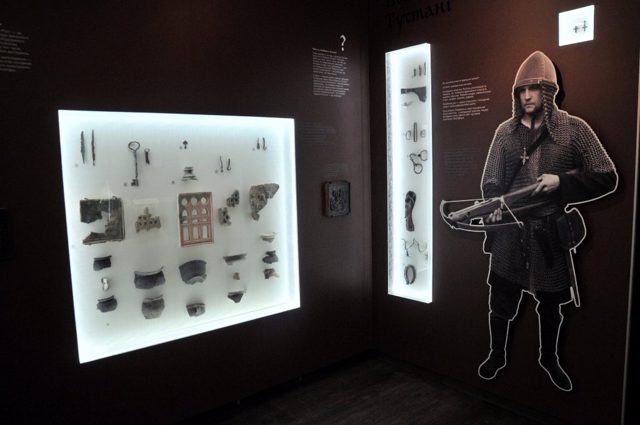
Tustan History Museum
Museum / gallery
The Tustan History Museum is located in the center of Urych, near the turn to the Tustan rock fortress, next to the Nicolas Church and the Prosvita People's House.
The museum was created in 1997 to store and exhibit archaeological finds made on the territory of the ancient Rus settlement.
Paintings and diagrams by the artist and archaeologist Mykhaylo Rozhko, a model of the fortress city and the reconstruction of the governor's chambers are also presented. "Tustan - the fifth construction period" model, which reproduces all three rocks of Tustan (Stone, Sharp Stone and Small Rock), multi-story wooden structure of the fortress, walls and towers.
A separate layout shows how the entrance gate mechanism is arranged.
Urych in news and blogs
Reviews Urych
Geographical information about Urych
| {{itemKey}} | {{itemValue}} |
|---|---|
| Region |
Lviv |
